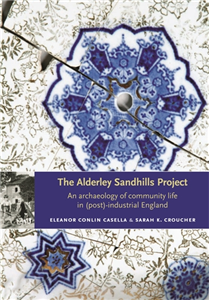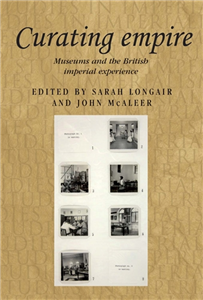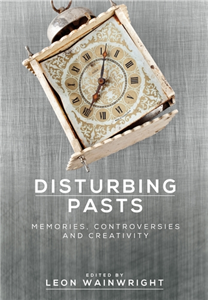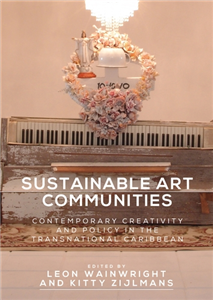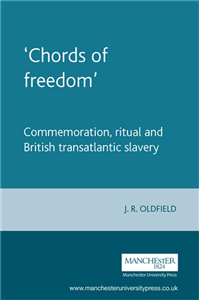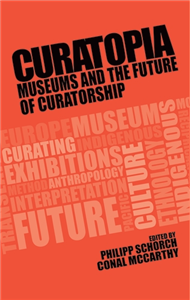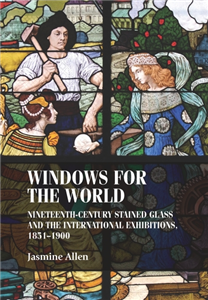The Alderley Sandhills Project
An archaeology of community life in (post-) industrial England
by Eleanor Conlin Casella, Sarah K. Croucher
How did the rise of consumer society impact the domestic lives of ordinary workers? Funded by English Heritage, this study offers the first book-length archaeology of a 17th through 20th century household site in Great Britain. Adopting a multi-disciplinary approach, the volume situates the results of traditional archaeological excavations within a broader spectrum of archival sources, family photographs and personal memories of former site residents to consider the dramatic influences of industrialization and subsequent de-industrialisation on the material world of a rural community in the North-West of England. Organised as a series of thematic chapters, the book emphasizes the social nature of household archaeology, drawing the reader from excavated artifacts into domestic spaces, historic events, community identities, and family memories. It will be of interest to a wide range of scholars and students, in addition to those interested in local history, archaeology, and family genealogies.


